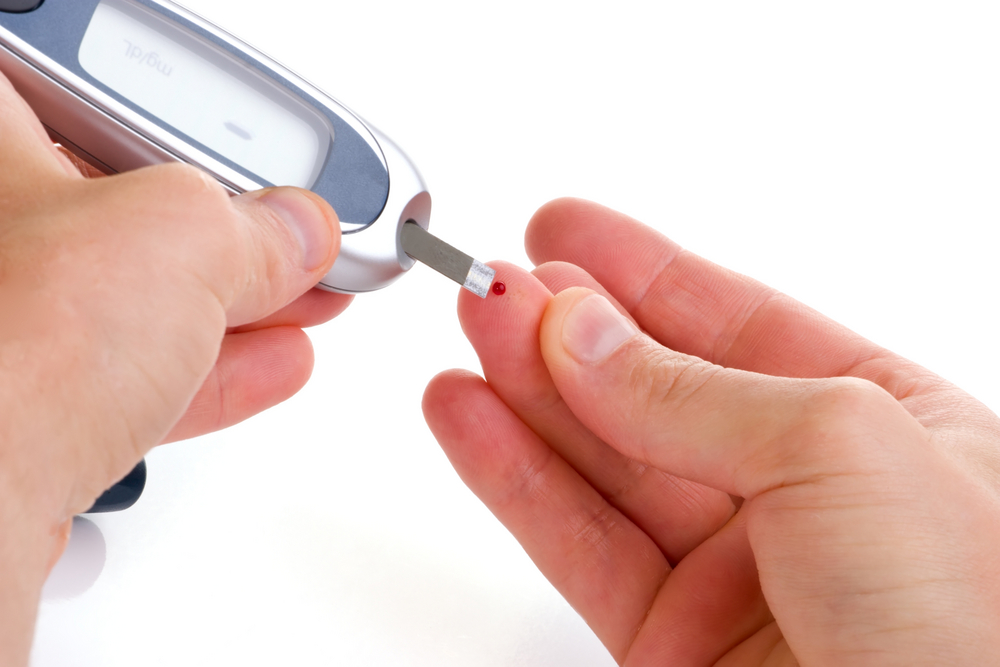The 5 'New' Types of Diabetes, Explained

Diabetes just got a little more complicated, or clearer, depending on your perspective. Researchers in Scandinavia have proposed classifying diabetes as five types of disease, rather than two types, according to a new study.
But what are these different types, and why did the researchers make this decision?
Having diabetes means that a person's blood sugar (glucose) levels are too high. It's an increasingly common disease; about 30 million people in the U.S. have diabetes, according to the Centers for Disease Control and Prevention.
In people with type 1 diabetes, which most often appears in childhood, the body cannot make insulin — a hormone that helps glucose get into cells. This condition occurs because the body's immune system attacks the cells in the pancreas that make insulin.
In type 2 diabetes, the body does not make or use insulin well. Often, this condition begins with insulin resistance, which means cells aren't responding to insulin, even though the body is still making the hormone. The condition often occurs in middle-age or older adults and is thought to be related to lifestyle factors and obesity.
But in the new study, which was published yesterday (March 1) in the journal The Lancet Diabetes & Endocrinologyl, researchers found that diabetes patients in Sweden and Finland fell into five clusters. One of the clusters was similar to type 1 diabetes, while the other four clusters were "subtypes" of type 2. Three of the clusters were considered severe forms of the disease, while two clusters were considered mild forms. [5 Diets That Fight Diseases]
Dr. Kathleen Wyne, an endocrinologist at The Ohio State University Wexner Medical Center, who was not involved with the study, said that the new classification could be very useful, but stressed that the researchers aren't suggesting getting rid of type 1 and type 2 diagnoses. Rather, they are suggesting that there are subtypes.
Sign up for the Live Science daily newsletter now
Get the world’s most fascinating discoveries delivered straight to your inbox.
"This is not changing the diagnosis or the terminology for the diagnosis," Wyne said. "It's just providing a way to classify within the diagnosis" of type 1 and type 2, she said.
The clusters were:
- Cluster 1: Called "severe autoimmune diabetes," this form is similar to type 1 diabetes. People in this cluster were relatively young when they were diagnosed, and they were not overweight. They had an immune system (autoimmune) disease that prevented them from producing inulin.
- Cluster 2: Called "severe insulin-deficient diabetes," this form was similar to cluster 1 — people were relatively young at diagnosis and were not overweight. They were also not producing much insulin. But, crucially, their immune system was not the cause of their disease. People in this cluster "looked for all the world like [they had] type 1" diabetes, but they didn't have "autoantibodies" that indicate type 1, Wyne said. Researchers aren't sure why this happens, but people in this group may have a deficiency in the cells that produce insulin.
- Cluster 3: Called "severe insulin-resistant diabetes," this form occurred in people who were overweight and had high insulin resistance, meaning their bodies were making insulin, but their cells were not responding to it.
- Cluster 4: Called "mild obesity-related diabetes," this form occurred in people who had a milder form of the disease, without as many metabolic problems as those in cluster 3, and they tended to be obese.
- Cluster 5: Called "mild age-related diabetes," this form was similar to cluster 4, but the people were older at their age of diagnosis. This was the most common form of diabetes, affecting about 40 percent of people in the study.
People in cluster 3 had the highest risk of kidney disease, a complication of diabetes, while people in cluster 2 had the highest risk of retinopathy, another complication of diabetes that can cause vision loss.
Clusters 2 and 3 are both severe forms of diabetes that were "masked within type 2 diabetes," the researchers said. People in these clusters may benefit from aggressive treatment to prevent diabetes complications, the authors said.
Improving diagnoses
Recognizing subtypes of diabetes, as the new paper suggests, might change the way doctors prescribe medications for diabetes, Wyne told Live Science.
"Right now, the algorithm for treating type 2 diabetes [is] pretty much a one-size-fits-all algorithm," Wyne said. Patients are often started on a drug called metformin, and other drugs are added if it doesn't work, she said. But recognizing subtypes might help doctors more specifically choose a first, second or third medication for their patients, she said.
The researchers noted that their study cannot confirm whether all five clusters of diabetes have different causes or whether people's classification might change over time, so future studies should look at these questions. Future research could also look at whether the clusters could be refined further by using other measures, such as genetic markers or blood pressure measurements, the researchers said.
Original article on Live Science.

Rachael is a Live Science contributor, and was a former channel editor and senior writer for Live Science between 2010 and 2022. She has a master's degree in journalism from New York University's Science, Health and Environmental Reporting Program. She also holds a B.S. in molecular biology and an M.S. in biology from the University of California, San Diego. Her work has appeared in Scienceline, The Washington Post and Scientific American.










